Small business tools company DAVO launched two new apps to help small-to-medium-sized businesses (SMBs) with their cash management needs. DAVO Sweep & Save and DAVO Savings Club are the two new apps available to SMBs today.
Both apps are automated savings tools that use fractional daily funding technology, which connects to a merchant’s Point of Sale (POS) platform or accounting software to set aside cash to save for a future use. This automated savings technology is a similar concept to the consumer-facing apps Dyme and Digit, which move money from a user’s checking account into a separate savings account. Check out our overview of those platforms from last year.
DAVO Sweep & Save returns the saved amount to the merchant on a monthly basis to go toward expenses such as rent, business loans, or equipment leases, while DAVO Savings Club sets aside the cash on an annual basis. DAVO notes that the annual funds are intended for “an ongoing cookie jar or Christmas Club like savings.” With both Sweep & Save and Savings Club, merchants opt to either set aside a fixed dollar amount or percentage of daily sales to go toward the savings. “For example,” DAVO co-founder David Joseph explained, “using DAVO Savings Club a merchant can put aside $20 a day and at the end of a year have over $7,000 to use as they see fit. They won’t feel the $20/day but they will love having $7000.”
In a press release, Joseph said, “SMBs are passionate about their businesses and are very good at generating revenue but very often they are far less skilled at cash management. DAVO was originally started to solve the challenges of sales tax for SMBs, but has evolved into a powerful cash management tool.”
Founded in 2011, DAVO demoed its flagship product at FinovateFall 2015. During the demo, the company’s CEO Owen Brown showed how DAVO Sales Tax automatically and passively collects, files, and pays sales tax on a merchant’s behalf. Similar to the two savings apps launched today, the Sales Tax app integrates with a merchant’s POS and backend accounting platforms to set aside the sales tax collected each day. Last October, DAVO made the Sales Tax app available in the Square Marketplace. The company has raised $4 million. And with 1,800 clients, DAVO has grown its customer base by more than 12X since 2015.
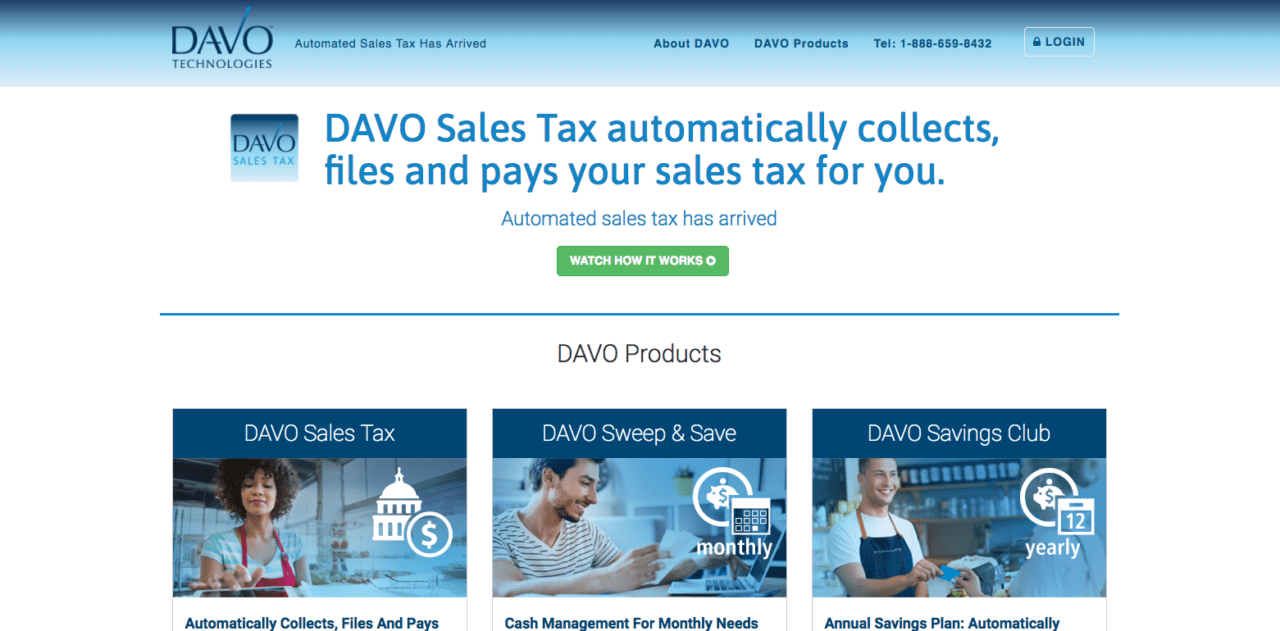
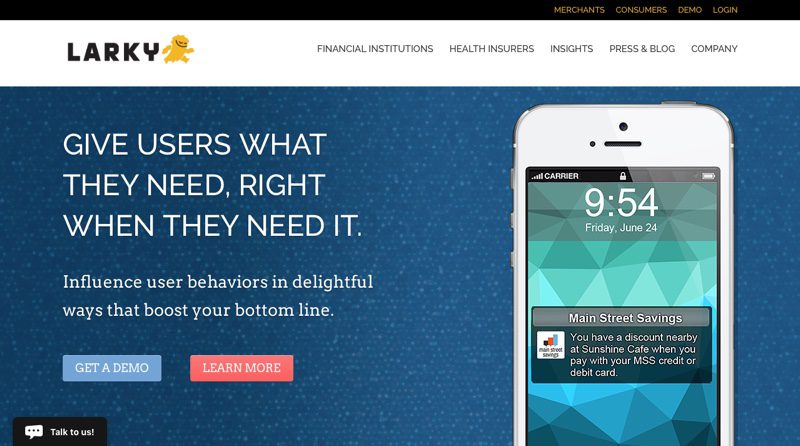






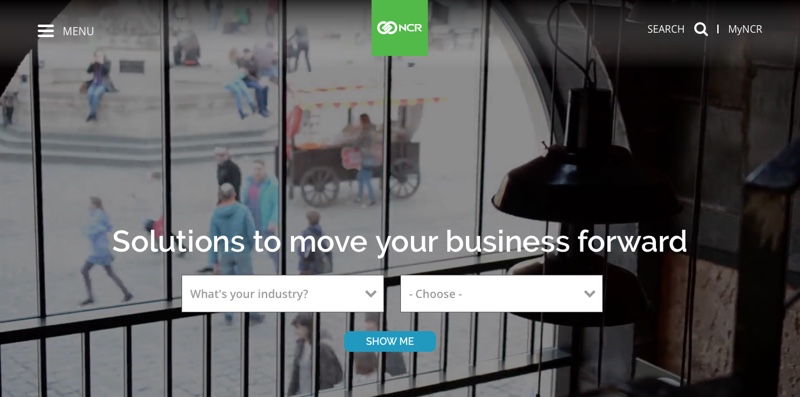
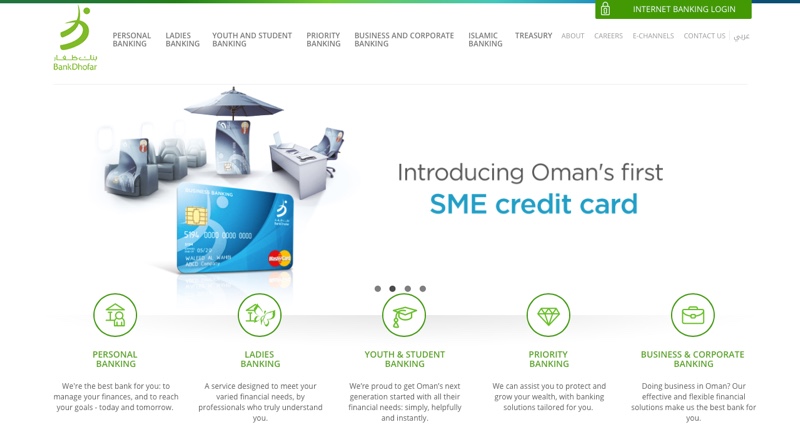
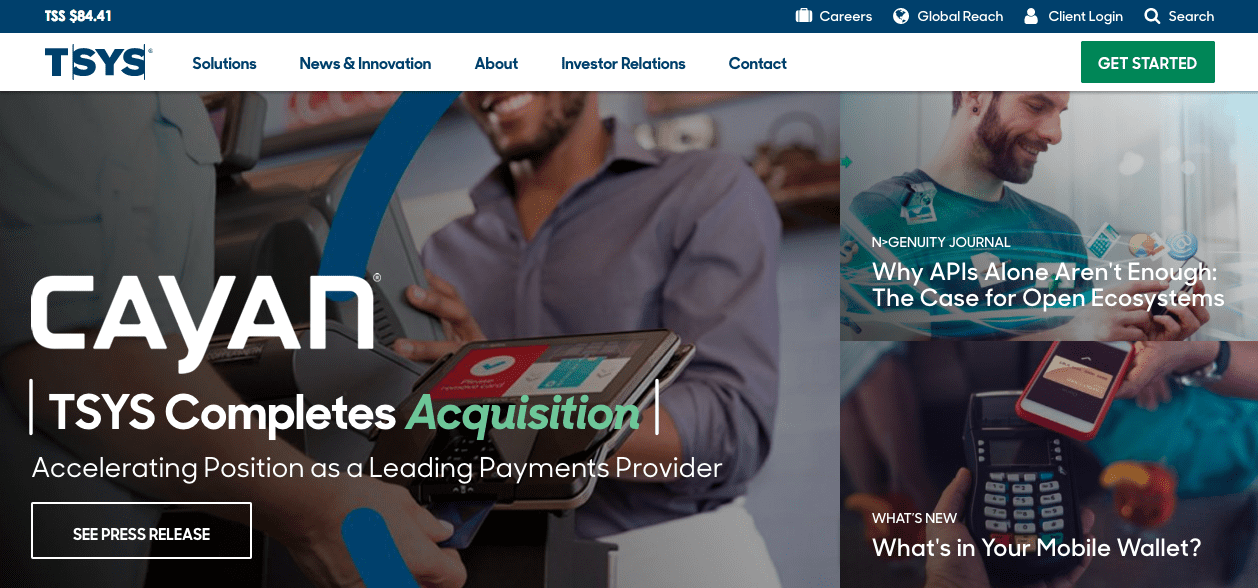


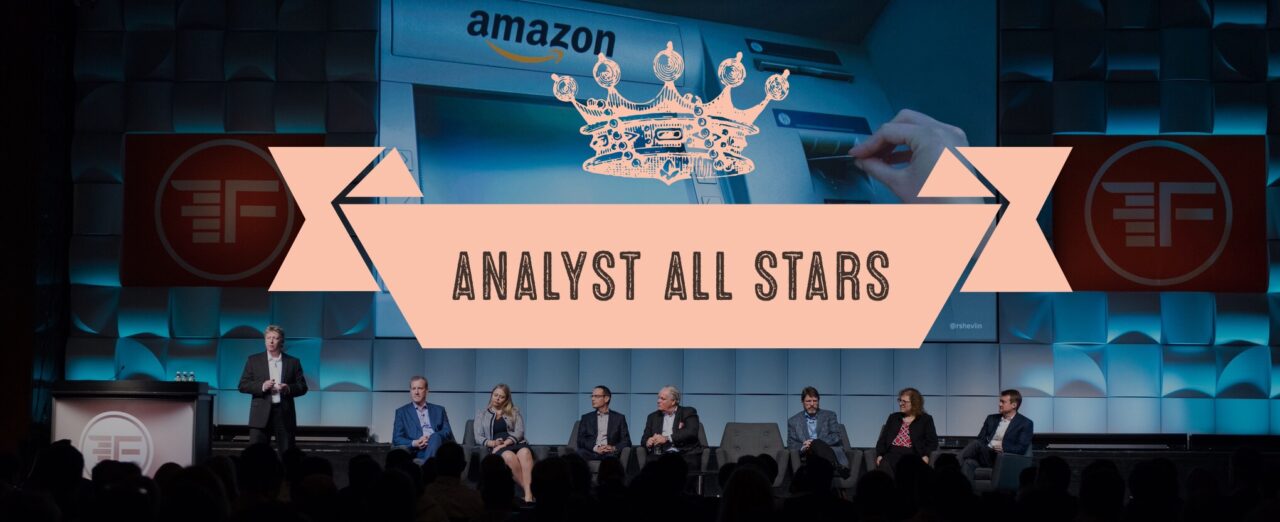

 Ron van Wezel
Ron van Wezel Kieran Hines
Kieran Hines Michelle Evans
Michelle Evans Oliwia Berdak
Oliwia Berdak